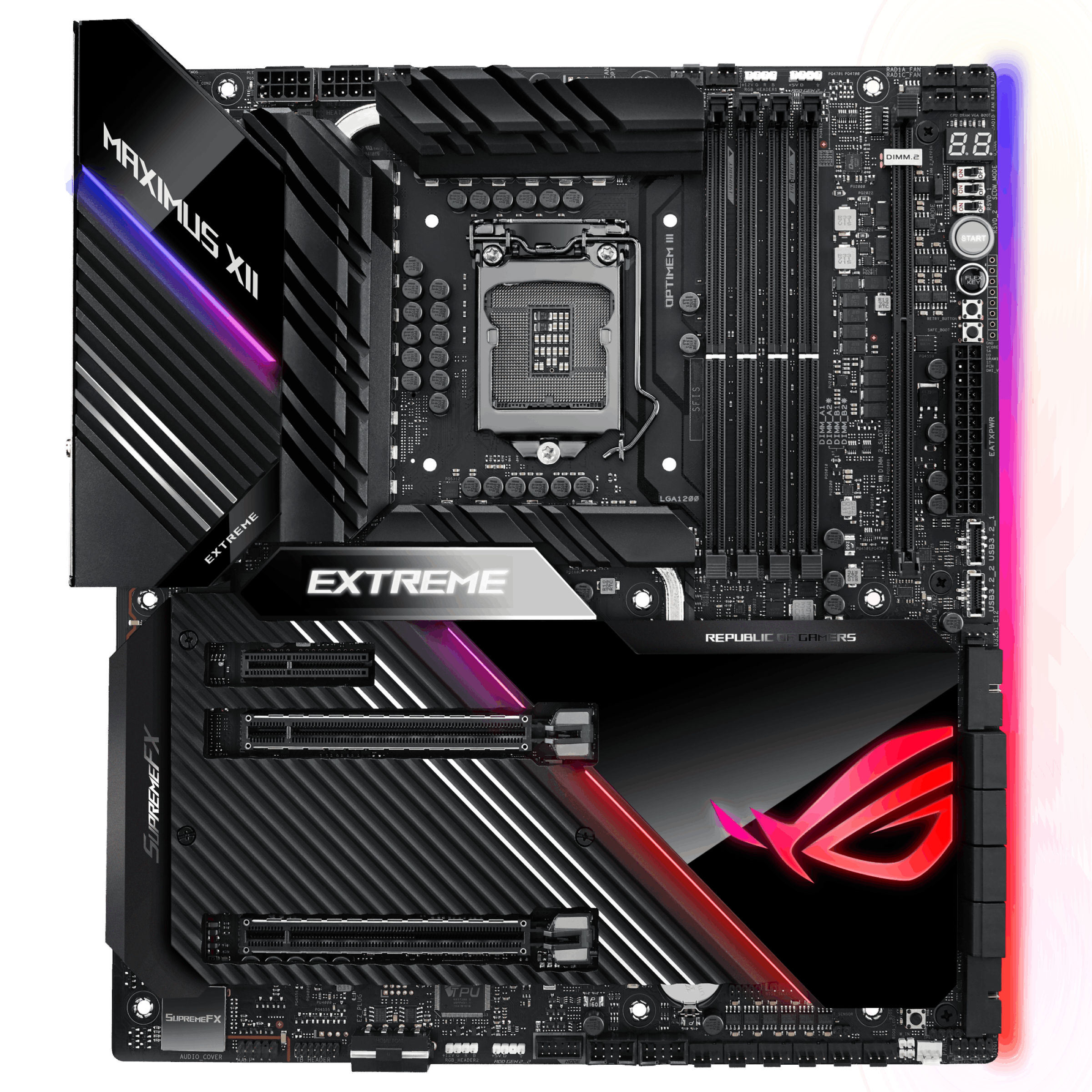Hello,
I'm looking to put together a new computer in summer. I am currently looking at the Asus z97-a
The computer would be a htpc/storage computer. I was thinking about the following:
- M.2 SSD disk as boot drive
- RAID-5 on 3-4 of the sata6 ports
Is it then possible to put an SSD disk on a remaining sata port, to act as automatic cache for the raid-5? This would allow e.g. when playing back a movie, to allow it to be cached on the SSD disk while the disks in the raid spin down.
I know from my previous built that I can make it quiet enough even with the harddisks spinning, but it would be nice if they could power down when not needed. Of course I can manually copy the file(s) that will be used from the raid to another disk, but it would be nice if it could go automatically.
I know a dedicated NAS would be a more elegant solution, but this computer would be the main one using the files on the storage space, so it seems a bit overkill to additionally get a raid-5 NAS.
Thanks!
I'm looking to put together a new computer in summer. I am currently looking at the Asus z97-a
The computer would be a htpc/storage computer. I was thinking about the following:
- M.2 SSD disk as boot drive
- RAID-5 on 3-4 of the sata6 ports
Is it then possible to put an SSD disk on a remaining sata port, to act as automatic cache for the raid-5? This would allow e.g. when playing back a movie, to allow it to be cached on the SSD disk while the disks in the raid spin down.
I know from my previous built that I can make it quiet enough even with the harddisks spinning, but it would be nice if they could power down when not needed. Of course I can manually copy the file(s) that will be used from the raid to another disk, but it would be nice if it could go automatically.
I know a dedicated NAS would be a more elegant solution, but this computer would be the main one using the files on the storage space, so it seems a bit overkill to additionally get a raid-5 NAS.
Thanks!



Comment